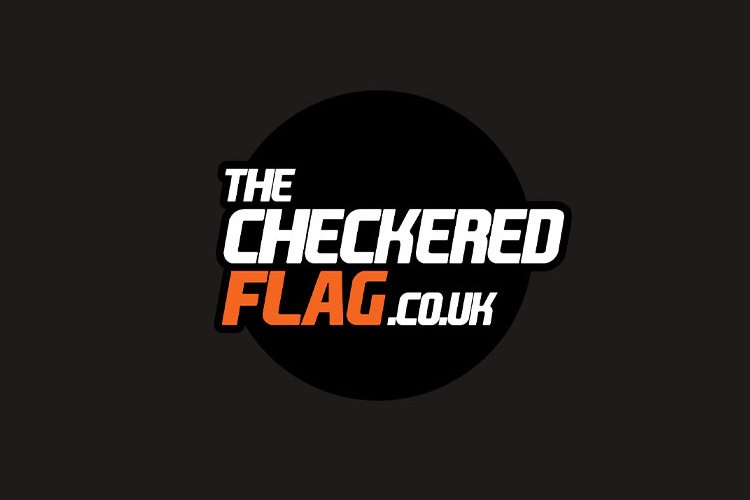Following a number of stomach churning incidents on the Indianapolis oval, Verizon IndyCar Series officials have announced a number of changes aimed at combatting the ‘lift’ experienced by the cars.
The incidents, which have affected Josef Newgarden, Helio Castroneves, and Ed Carpenter, have all involved Chevrolet body kits so officials have targeted the changes simply at Chevrolet powered runners.
The biggest change will see boost levels returned to the levels they were at earlier in the month – a 40 horsepower reduction on where they have been for the last two days – and will combat the high speeds the cars have been achieving.
Another change is to the aero package being run not just by the Chevy cars, but the Honda ones as well. Officials have declared that the aero settings used in qualifying will have to be used for the race, hopefully meaning a number of teams will run a more conservative downforce setting.
“This morning we saw a third car get into wall, turn backwards and lift into the air. We’ve said all along we want to go faster, but we want to do so safely,” said Mark Miles, CEO of Hulman & Company, parent of IndyCar and the Indianapolis Motor Speedway. “As a precautionary measure, IndyCar will require that the cars qualify today in the same aero set up that they will run in the Indianapolis 500 next weekend. Also, for today, boost levels will return to race conditions. Given these changes, we have elected to not award points for today’s qualifications.
“Safety for drivers and fans is the top priority for IndyCar and we will continue to be proactive in our research and development to improve all safety aspects of our sport.”
After the rain delay yesterday, changes have also been made to the qualifying format with the biggest change the ‘Fast Nine Shootout’ has been completely cancelled.
Instead, cars will go out one at a time and complete a four lap run for positions 1-30 with positions 31-33 having their separate session after the main qualifying for the back row to sort themselves out.



